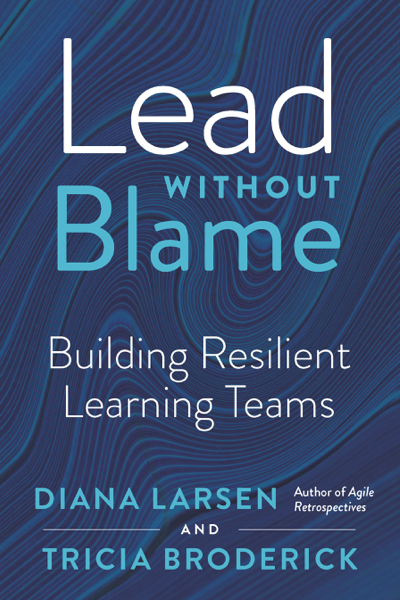One of the reasons I was nervous about blogging was that it felt very one way…listen to me. Well, an opportunity presented where I happily get to share someone else’s ideas/results. Today is another installment of a lead to the edge guest author, Jeremy Raleigh. I had the pleasure of first working with Jeremy in 2008. I’m extremely honored he was willing to write this post.
Old Faithful at Yellowstone National Park is an amazing site to see. I was fortunate enough to witness it in August of 2019. However, it didn’t happen quite like we planned but thankfully Old Faithful is, well, faithful and we did get to see it. Later that same night, I was thinking about the teams I work with and why predictability is important in what they do.
You see due to several “small” miscalculations we arrived at Old Faithful just as it was finishing an eruption. The good news was because of short iterations (90 minutes) and variation of only ten minutes on either side of that iteration we were easily able to make the decision to wait and see a full eruption.
As you might well be aware, there are numerous geysers in Yellowstone but unlike Old Faithful, they do not have short iterations and small variation. For example, another geyser only goes off roughly every eleven hours with a variation of plus or minus two hours. We didn’t try and see that one because we didn’t have the potentially four hours to wait and with only one shot a day it didn’t seem worth the trouble. Which is how I’m sure some of the teams I have been a part of have been perceived by those that might have to work with us.
I returned from my trip wondering how I can help my current teams become more like Old Faithful and not over or under deliver on a regular cadence.
For two of the teams I work with, it seemed like we were doing okay but I didn’t know for sure. What helped us figure out how we were doing was having our leadership team (Product Owners, Strategy Leads and a couple key stakeholders) assign business value (1 lowest – 10 highest) to each of the key work items the team was planning to work on at the start of each increment. Then at the end of the increment the same leadership team would go back and give a number based on much business value they felt was realized. Using those numbers, the percentage of value delivered was calculated. Having that visibility then allowed for conversations with the team during planning about how much they, as an entire team and not anyone individual, might be over (or under) committing. That awareness allowed the team to improve their predictability over time. In one case, when the numbers ended up being off compared to what they had been we were able to ask questions to understand what happened and if there were changes that needed to be made. (Spoilers it was not anything the team did.)
The Ops team I work with required a different approach. With that group we started making sure we estimated all planned work in days for a couple sprints, with the smallest increment being a quarter of a day. Then as items were completed, we recorded roughly how much time was spent working on each task, not the calendar time. We also tracked time out of the office for the team, training, conferences, ticket work for the entire team and all unplanned work that came in. By doing this, we made it very clear when sprints got very little of the planned work done because of unplanned work and we could show how that was piling up and the effect it was having. Tracking all this information might make individuals feel uncomfortable, but this group felt better when they realized things were being looked at the team level and not the individual level. When they also saw having this information would help bring to light in a quantifiable way some of the pain they had been feeling, they were more comfortable with the tracking. Over time this has helped the group do better at setting expectations and meeting them. It also has meant that when lots of unplanned work is coming up, we can better communicate the impact to stakeholders.
Is your team an “Old Faithful” team? What helped the team get there? Is your team, one that might deliver infrequently with lots variation in the amount of value they deliver? What steps is your team taking now to be more of an “Old Faithful” team?
With almost 20 years in the software industry, Jeremy Raleigh is currently a Program Manager at TechSmith in Okemos, MI. Currently, he is enjoying working with and learning from the development teams, IT Teams and a Human Resources team he works with every day. He is also figuring out how to work with full remote teams during a global pandemic. When not at work Jeremy also enjoys helping out with the 4-H club his kids are part of and being the “tech guy” at his church.





